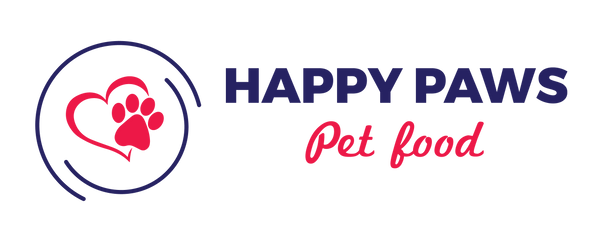As dedicated pet owners, we continually seek the best nutritional options for our canine companions. One dietary approach that has garnered attention is the BARF diet. But what is the BARF diet for dogs, and is it suitable for your pet? Let's explore this natural feeding regimen in detail.
What is the BARF Diet for Dogs?
The BARF diet, standing for Biologically Appropriate Raw Food, emphasises feeding dogs a diet akin to what their wild ancestors consumed. This approach focuses on raw, unprocessed foods, aiming to replicate the natural diet of wild canines. The primary components of the BARF diet include:
- Raw Meaty Bones: These form the foundation of the diet, providing essential calcium and phosphorus.
- Muscle Meat: Offers necessary proteins and fats vital for energy and overall health.
- Organ Meats: Liver, kidneys, and other organs supply vitamins and minerals crucial for bodily functions.
- Vegetables and Fruits: Incorporated to provide fibre, vitamins, and antioxidants, supporting digestion and immune health.
Benefits of the BARF Diet
Proponents of the BARF diet highlight several potential advantages:
- Improved Digestion: A natural diet can lead to better nutrient absorption and reduced digestive issues.
- Enhanced Coat Condition: Many pet owners observe shinier coats and healthier skin in their dogs.
- Dental Health: Chewing raw bones can aid in reducing plaque buildup, promoting healthier teeth and gums.
- Increased Energy Levels: A balanced, raw diet may increase vitality and activity.
Considerations and Potential Risks
While the BARF diet offers numerous benefits, it's essential to approach it with informed caution:
- Nutritional Balance: Ensuring a well-rounded diet is crucial. An imbalance can lead to deficiencies or excesses in nutrients.
- Pathogen Exposure: Raw foods can harbour bacteria like Salmonella or E. coli. Proper handling and sourcing from reputable suppliers are vital to mitigate this risk.
- Bone Hazards: Not all bones are safe. Weight-bearing bones, for instance, can splinter and pose choking hazards or cause internal injuries.
Implementing the BARF Diet
Transitioning to the BARF diet requires careful planning:
- Consultation: Engage with a veterinarian experienced in raw feeding to tailor the diet to your dog's specific needs.
- Sourcing Quality Ingredients: Opt for high-quality, human-grade meats and organic produce when possible.
- Balanced Recipes: Ensure meals include the right proportions of meat, bones, organs, and plant matter.
- Gradual Transition: Introduce raw foods slowly to allow your dog's digestive system to adapt.
Happy Paws Pet Food: Supporting Your BARF Journey
At Happy Paws Pet Food, we understand the commitment to providing optimal nutrition. Our Ultimate BARF range is crafted to meet the nutritional needs of your canine companion, ensuring a balanced and wholesome diet. We offer a variety of products to support your BARF feeding regimen:
- Raw Meat & Offal: Premium selections of raw meats and organ offerings.
- Bones & Broths: Safe, fully digestible raw meat bones and nutrient-rich broths.
- Treats: Healthy pet treats designed to keep your dog happy and healthy.
We deliver nutritionally balanced, high-quality raw meat pet food—perfect for keeping your pets happy and healthy. Our refrigerated vehicles can deliver directly to your home in areas including Sunshine Coast, Brisbane, Gold Coast & Hinterland, Tweed, Kingscliff & Casuarina, Sydney, Central Coast & Newcastle, Wollongong & Canberra.
Conclusion
The BARF diet offers a natural alternative to traditional dog foods, aligning closely with ancestral feeding habits. While the potential benefits are noteworthy, it's essential to approach this diet with thorough research and professional guidance. At Happy Paws Pet Food, we're here to support your journey, offering quality products that make raw feeding convenient and beneficial for your beloved pet.

